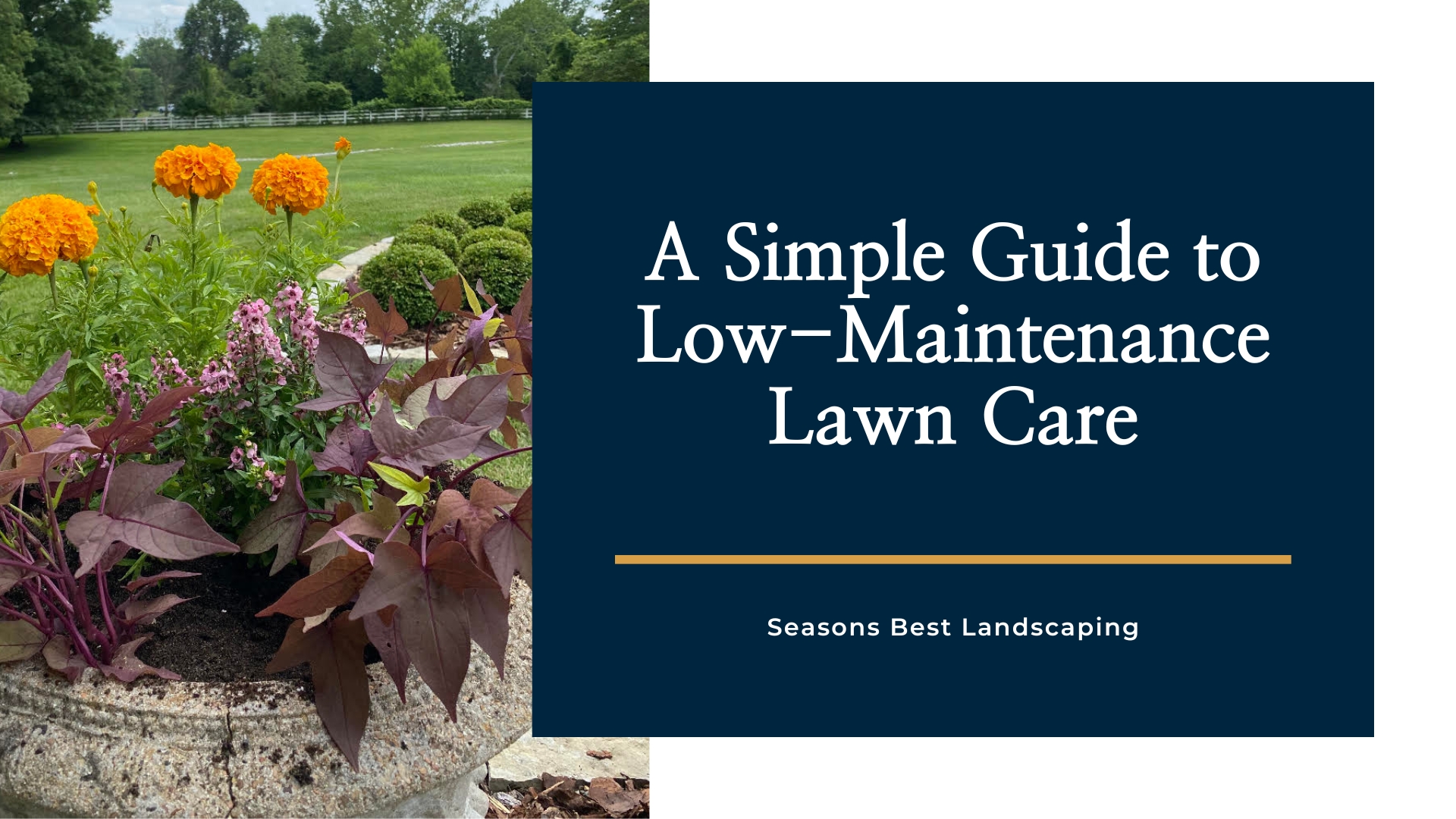
Low-Maintenance Lawn Care Routine Explained
A beautiful yard will make your abode a sight to behold for visiting friends and family. A well-maintained yard is also a great venue for barbecue parties or even sunbathing. With these tips for low-maintenance lawn care, your yard will become the envy of the neighborhood.
1. Get Rid Of Nasty Weeds
These tenacious squatters take a little effort before they are finally eliminated. Weeds increase towards the start of summer since daylight hours are now prolonged. You should pull weeds the first instance they appear. Otherwise, they will take root and will be very difficult to pull out.
You can even apply a “pre-emergent” herbicide during the fall season to inhibit the growth of weeds. This will stop the weed seeds from germinating.
2. Loosen Up the Soil
You will want to loosen up the soil after the winter because it will be compacted. Loosening it will allow the oxygen to reach the plant’s roots. You can use tillers for larger areas and hand tools for smaller flower beds.
The lawn will also become compacted, especially if people stroll often. You should take immediate steps to aerate the lawn as soon as you see signs of decline or patches of moss. This is best done during the fall. Your local home improvement store will have nice lawn aerators. Moss could possibly imply that your lawn is becoming acidic. Neutral pH is suitable for growing grass. A soil test can be carried out for free or for nominal fees with the help of the local cooperative extension office. These folks can advise you on how much lime is to be added for acidic soils.
3. When to Apply Fertilizer
It’s not necessary to use fertilizer in the spring. Autumn is the most suitable time because, during this time, plants are drawing nitrogen from the soil to quickly go green in the spring.
If you do wish to apply fertilizer in the spring, then do so lightly. Heavy fertilization may be counterproductive. Early spring is the time to fertilize cool-season grasses. Buy a fertilizer suitable for your grass type from the garden center and use a lawn spreader to apply it evenly. Once they go green, warm-season grasses can be fertilized late in the spring.
You may also try an organic approach. For this, use a mulching mower which sends grass clippings back into your lawn’s soil. This can greatly improve the look of your lawn while also saving you a lot of time and money. The clippings will dry up rather quickly because they contain up to 90 percent water. This method has the advantage that it returns over 25 percent of the nutrients back to the soil.
4. Bare Patches
Your lawn may be afflicted with bare patches, thanks to heavy traffic and even pests. Applying seed in the fall is best, but if you are in a hurry, you can also do it in March or April.
Work the area and loosen the soil with a steel rake. Apply compost into the area and then sprinkle grass seed into the spot. Use a premium mix of sun/shade variety unless the area has strong shade. The soil must be kept moist. Use straw matting or other material to cover the seeds. Even grass clippings are good enough. Don’t use pre-emergent herbicide because, as previously mentioned, it will kill the grass seeds as well.
Low Maintenance Lawn Care Done Right
If you’re looking for experts to help maintain your yard, contact the Seasons Best Landscaping experts. Schedule a consultation today!
